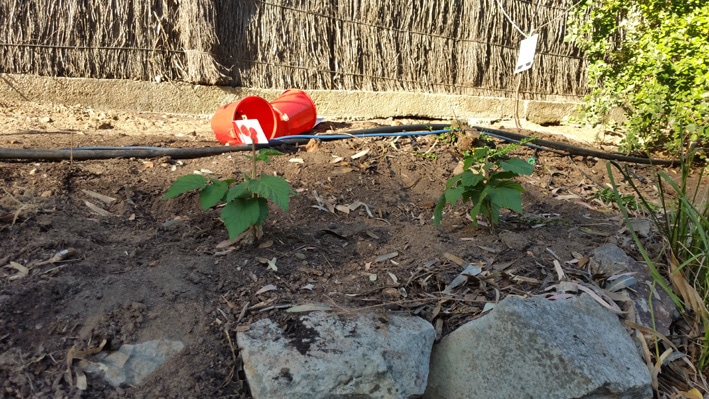CAN WE GROW A BANANA TREE AND DON’T FORGET THE SHEEPS’ LIVER!
Who would have thought. Gardening has made my family transform.
The other day I heard my 8 year old say to her friend who was over for a a play date “Come outside, I’ll take you on a tour of our veggie garden!”. My husband is regularly updating me with his veggie patch and fruit tree watering schedule and passing comment that “the lemon tree looks like it’s losing leaves. Better go ask Mark what it needs”, through to a particular request this last week from my five year old requesting to buy and plant a banana tree!
A banana tree!
So off we trundled to the Norwood Garden Centre to see Mark and ask him all of our questions. Yes. Would you believe it, you CAN grow a banana tree in Adelaide. But it takes a few years to get to bearing fruit and I didn’t think my five year old son had the stamina. So instead we bought a Hot Banana Chilli!
In addition to the Hot Banana Chilli (I just can’t stop saying it – I love it) we also brought home raspberry’s, passionfruit, watermelon, cucumber, cherry tomatoes and basil. I have been hanging out to get basil in the garden. My first try of basil seeds wasn’t very successful, so I have now put in seedlings. The snails have left it alone so far…
However when Mark handed me the passionfruit plant he told me if I wanted to give it a really good start, to bury a sheep’s liver under it! I couldn“t help but be a little grossed out and unfortunately (luckily) the local butcher was all out of sheep liver, so the kids and I opted to water it in with the same nutrient mix we bought for the lemon tree. Mark told us that lemon trees and passionfruit plants are very greedy and need lots and lots of nutrition.











